The hot, humid start to the month came to a thunderous end last week. Intense rain is always a risk in August, but drought is normally a bigger concern, so our main focus is soil moisture conservation.
If soil isn’t covered by crops, we keep it weed free, loose and fine, which minimises losses by evaporation (from the surface) and transpiration (via plants), ensuring that any water is preserved for our crops.
Unfortunately, this method leaves soil more at risk if the rains do come. Without the protective cover of leaves to dissipate the destructive energy of large drops falling, the field surface can quickly become a slurry of fine soil in suspension. During intense rain, water cannot percolate into the soil as fast as it is falling, leading to runoff. Without the soil-binding effect of roots, the water soon forms rivulets, gathers volume and pace – and carries that fine, fertile soil away with it.
Organic crop rotations, compost and careful cultivation can lead to more earthworms, a more open soil structure, faster percolation, and ultimately, less runoff. In vulnerable, steeply sloping fields, we also leave wide grass headlands to slow down runoff, catching all but the finest soil particles.
Before buying the farm from the Church of England, my father’s tenancy agreement stipulated periodic ‘dreying of the voyers’, whereby a prescribed number of cartloads of soil were loaded from the bottom headland and hauled by horse to the top.
Thankfully, it is much easier today with a tractor; but even so, there is normally twice the depth of soil at the bottom of such fields. This is compensated for, to some extent, by the predilection of cattle to poo with a view – resulting in lusher growth at the top, with the poorest crop often a third of the way down a slope.
Bare soil is an anomaly in nature; the result of an uprooted tree or wildfire. Over centuries, we have cleared complex, perennial (long-lived) forests and savannahs to plant annual monocultures, laying bare and ploughing the soil each year.
Such disturbances have led to huge losses of soil and the carbon stored within. Frustratingly, if a fraction of the research that has gone into pesticide-resistant GM crops had gone into developing perennial versions of our main food crops, we could solve soil loss, sequester carbon, protect food supplies, and enrich the environment. But this would destroy the global seed market, which might explain the lack of progress.

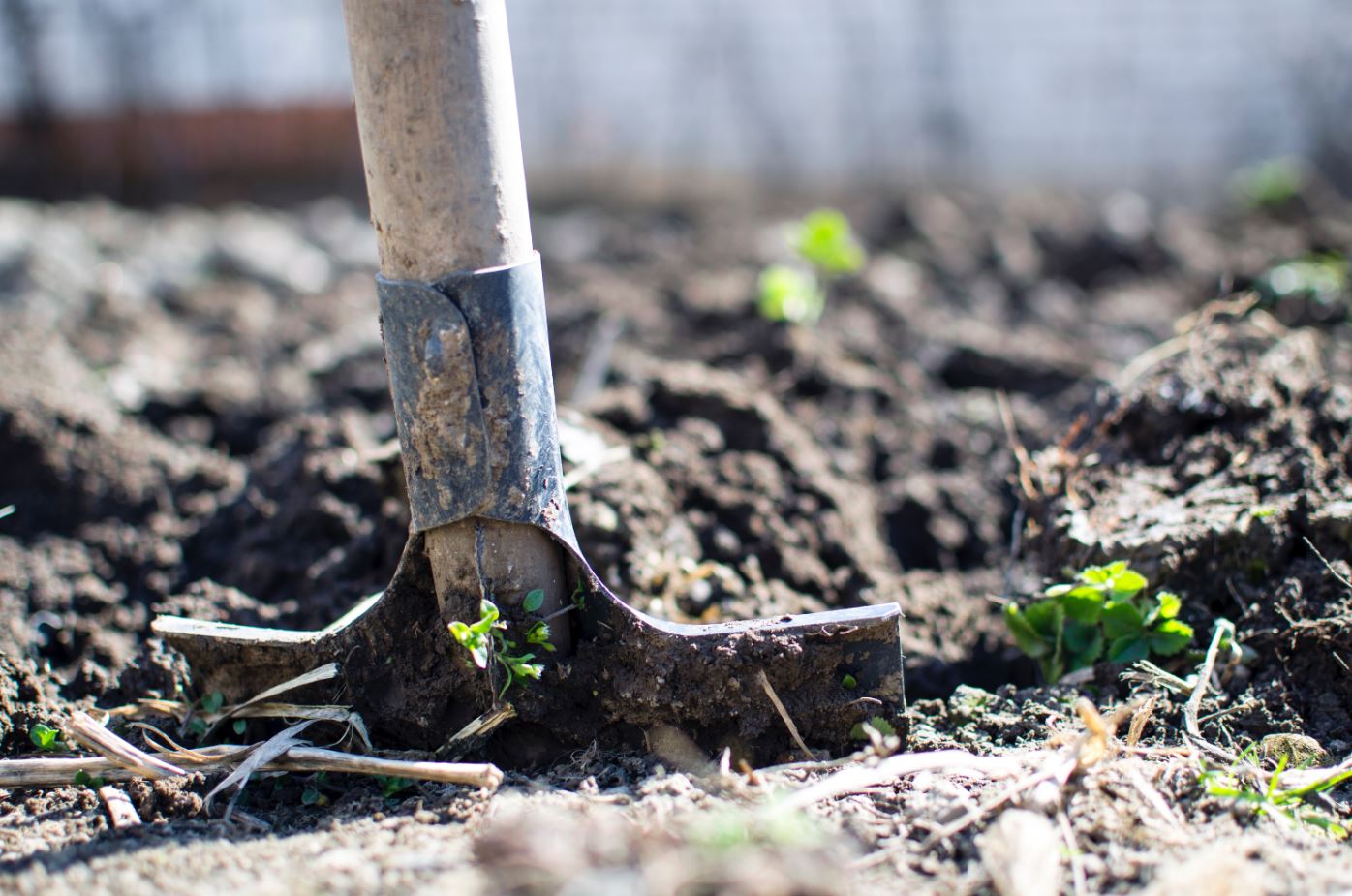
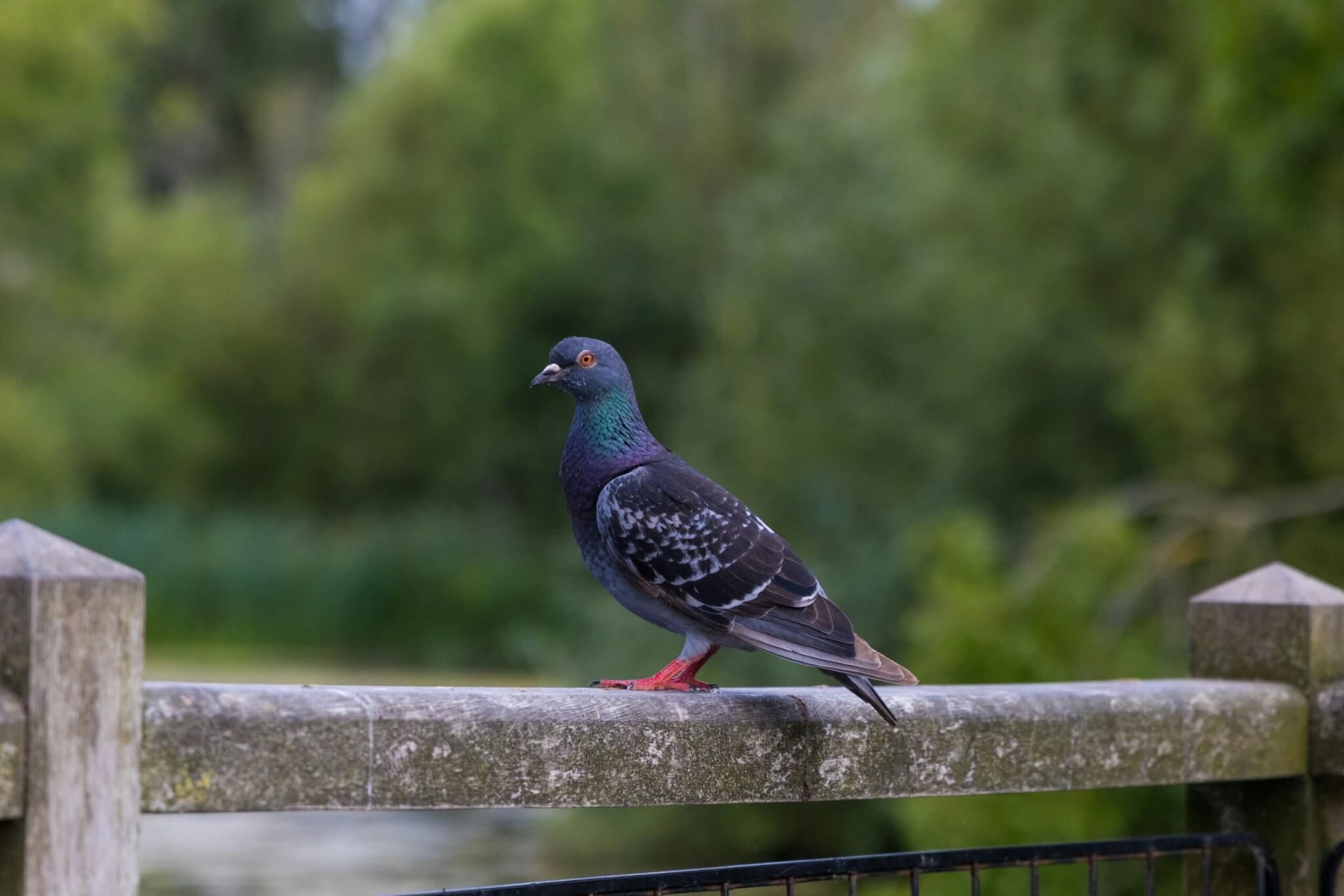
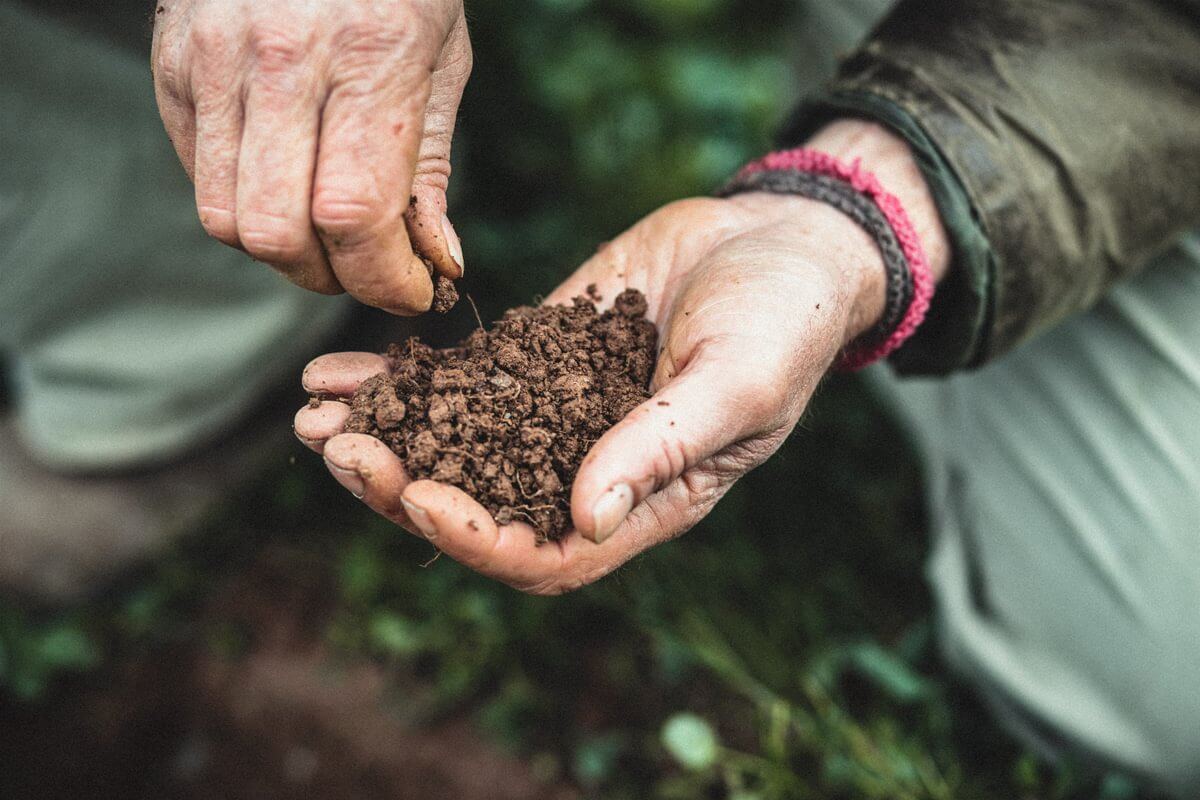
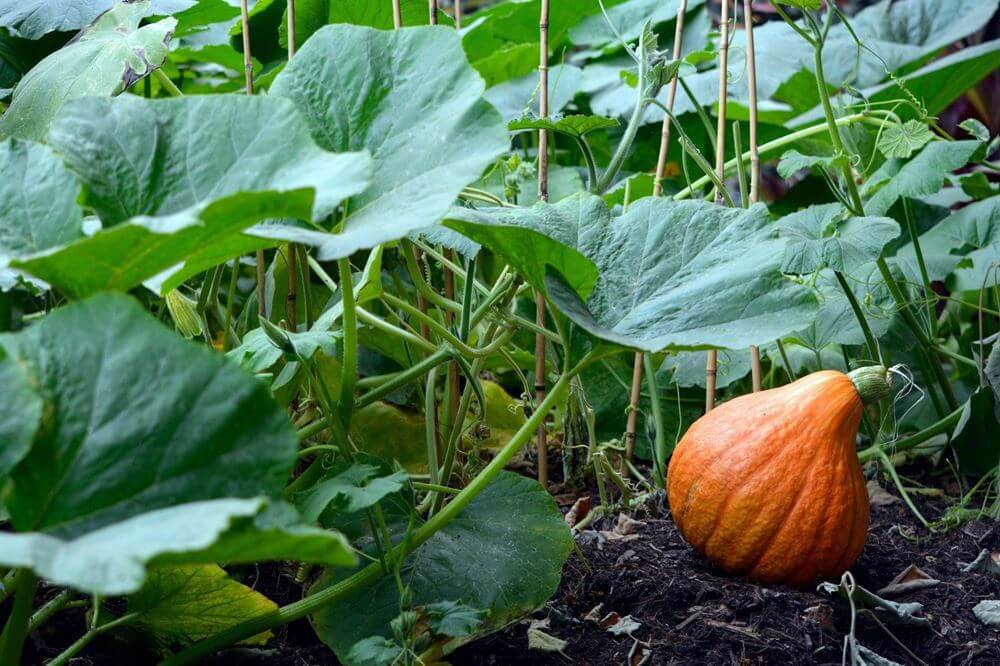
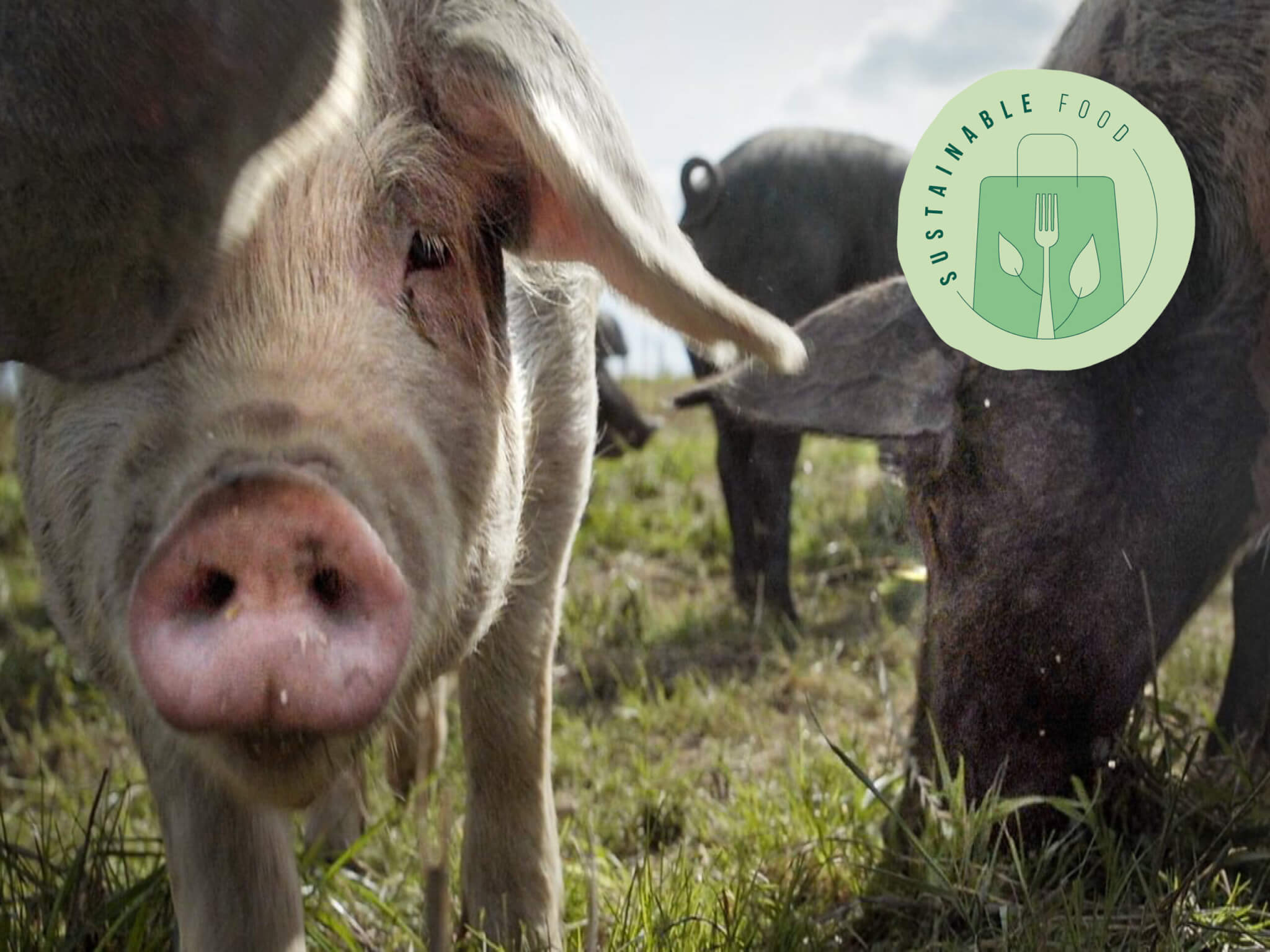

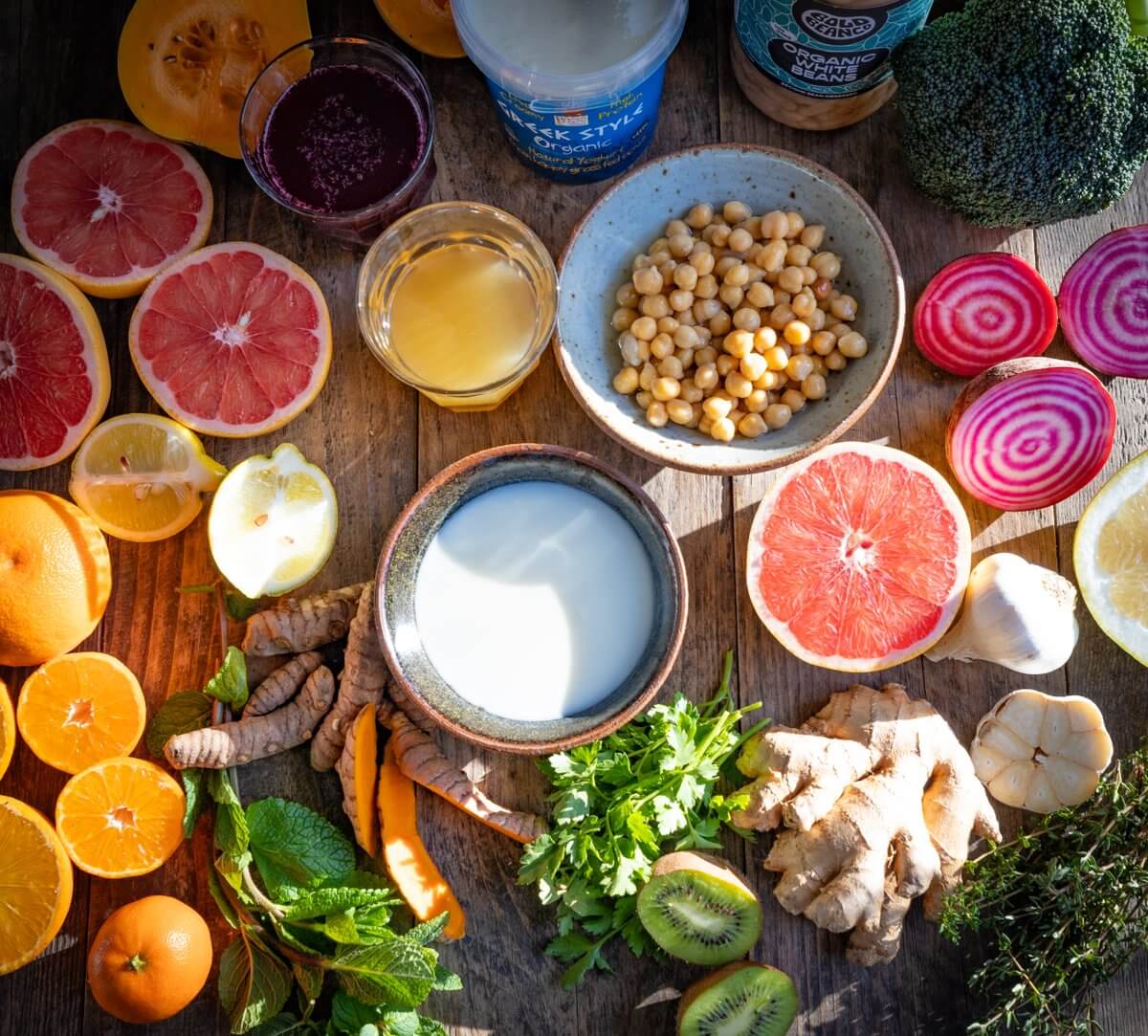
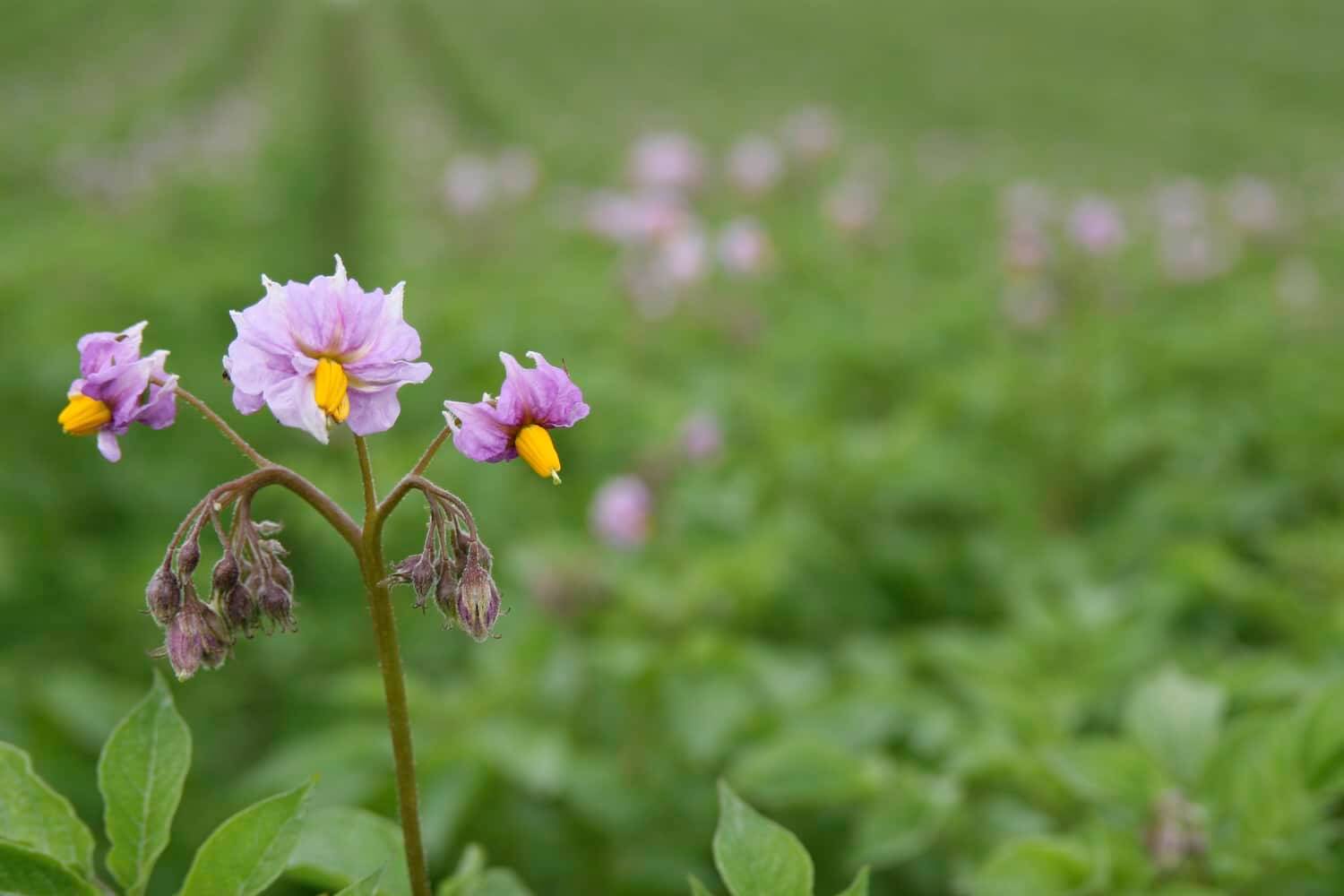


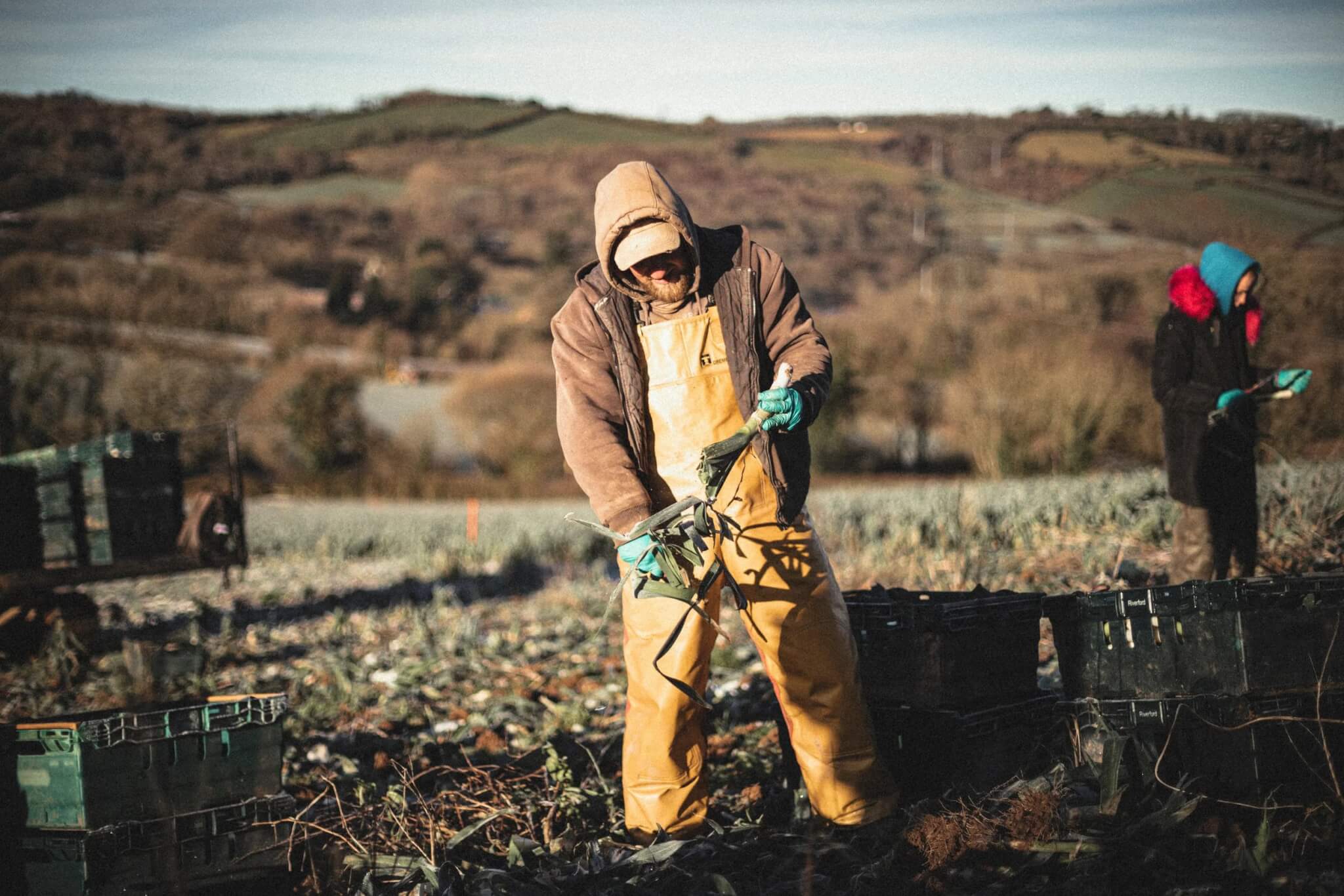
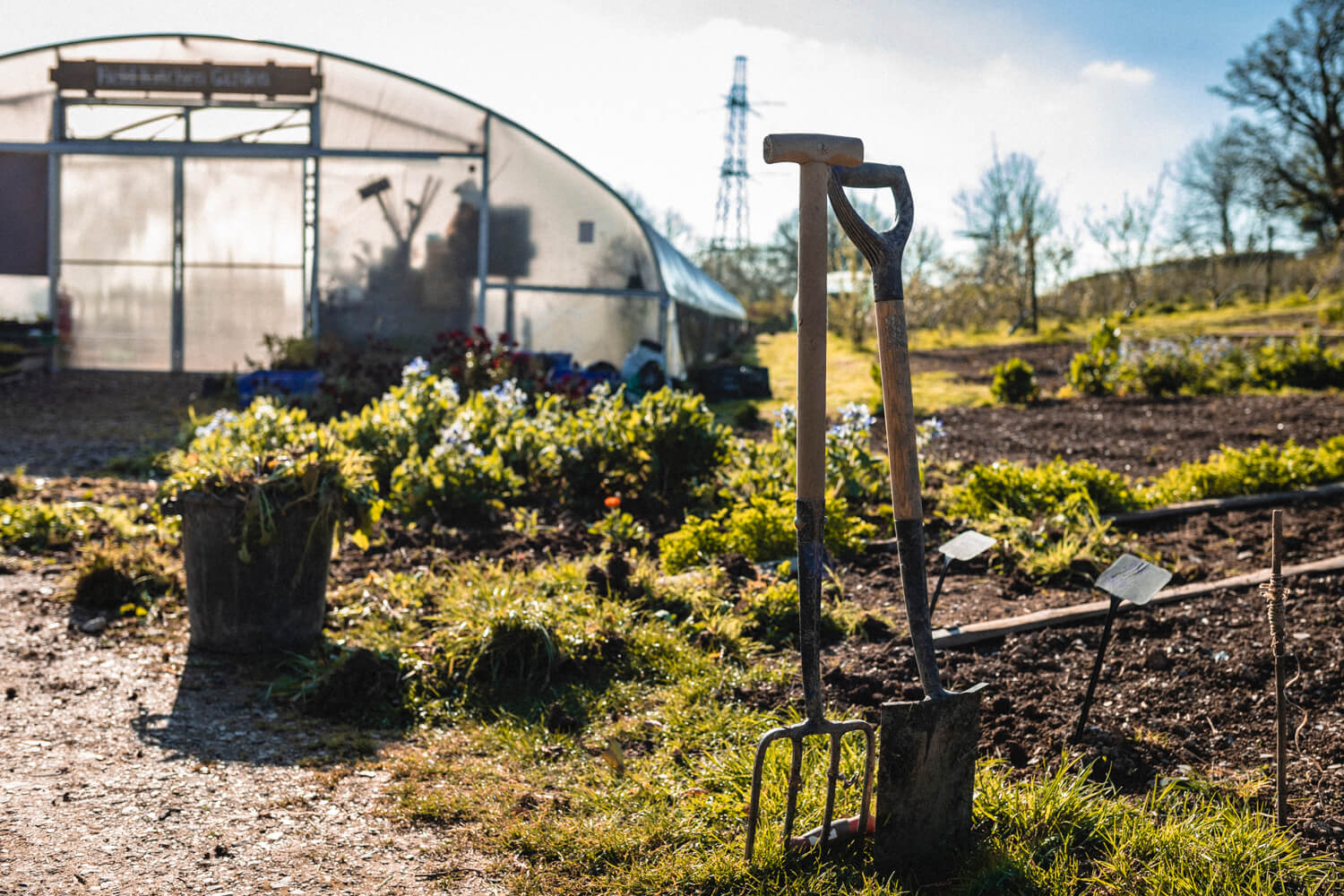
Bare soil is anathema ro me, although many in our gardening group see it as better visually.
Whilst not at the same level of your commercial growing, I grow food in raised beds and borders, and I mulch them with rabbit poo and straw, and wood chip. This results in a massive drop in evaporation during a dry period. In the 2018 drought my spuds survived quite happily without watering for at least 2 weeks. A mulch layer not only stops evaporation, it helps slow down the water flow through rate during heavy rain. And eventually it rots down to feed the soil.
How to extend this philosopy from hobby horticulture to commercial food growing is the challenge.
I have a concreted back yard to work with – which is great in that it stops brambles. Not so great in that even large pots and our old bath need watering daily at this time of year, unless it chucks it. Even then the smaller pots need checking because ‘umbrella effect’ from all the leaves.
I wonder how much soil erosion occurs when root crops are dug/pulled, then sent out in Veg boxes with soil still attached. I do try to save this and add it to my selection of pots, but . . . Depending on the crop, I’ve had good organic soil from all over during the past couple of years. As they say, every little helps, or reduces.
& yay for cattle who like to ‘poo with a view’! Maybe limiting them to the lower 2/3 of a sloping field for a bit might help sort out the ‘middle third fertility reduction”?